By Orhan Ayyuce
Something - something happened and I end up having to write him a little e-mail note on a personal matter, he responded five minutes later, I wrote him back ten minutes later, asking if he is interested in me interviewing him. Ten minutes later he wrote me back that he has read something I wrote and he liked it. In thirty minutes, the coffee hour was scheduled for two months later at Starbucks across his office in Santa Monica, where we are both kind of locals. If you have anything to resolve or get it done with Thom Mayne, be prepared to do it right there and right then.
Now, I am not a total stranger, as a SCI Arc student I know Thom from the late seventies when he was starting out both as a teacher and as a practicing architect honing his work. In addition, we shared the same industrial three-unit corrugated metal building for a couple of years.
Morphosis = leasers, my ex wife and I = sub leasers.
Theirs: 24/7 office, ours: 24/7 live-in studio space.
Stoner Avenue in West Los Angeles, circa; 1985-86.
That was a pretty close vantage point to a firm which became synonymous with highest recognizable credentials of this artful profession.
Since we were in the front division of the building, a lot of the young and talented Morphosis crew / friends used to stop by our "house" first and had wine and beer with us on a regular basis.
After that, I mostly lost track with them, everybody went their own ways and after those formative years of Morphosis, one band became many good bands, led by those people on Stoner Ave. office. Their central projects at the time were Kate Mantilini Restaurant with postmodern style grid markers layered over the facade, structural beams running wild, puncturing the stucco and steel sculptural sundial inside the space that never was as a sundial.
And, there was Hennessey + Ingall's Bookstore which they were working on or just completed. If you study some of the most recent Morphosis projects, you will see the seeds in that early work I have just sampled. I would go into their office middle of the night and chit-chat with my friends who were working on those projects, hand drafting the signature exploded axonometric drawings, building cardboard design models, producing working drawings and all the while making the transition to more of a deconstructivist phase of the firm.
During those years, Morphosis quickly raised in the ranks, only second to Frank O. Gehry amongst the soul freeing Los Angeles school, if it could be called that.
Their moving on the trajectory was partly due to its principals' energetic dispositions and appetite for architecture. It was also partly due to their academic positions in SCI-Arc, which allowed them to draft and retain a talented and experimental practice that survived on relatively small projects and fees.
The office was active all the time and it was not unusual to be visited by Tadao Ando, Peter Cook, Rem Koolhaas, Zaha Hadid and others. Not to mention close colleagues like Eric Owen Moss and Gehry, even though I personally did not encounter most of them, except Ando and Cook.
As it was arranged, I went to their office to get him and walk across the street to Starbucks and talk. This was not going to be an architectural theory discussion but just a light, conversing type of an interview in my mind.
I did not want to ask him lofty questions about how he designs. As far as I am concerned, that is between himself and his soul, his co-designers and their clients. Plus, there are many pages of material about that stuff written by critics, journalists, students and fellow architects.
I was loosely interested in how he manifests himself as a person, and hopefully to get an idea of what he is like nowadays. Through eye contact, I wanted to see if I could crack open the "bad boy/angst retaining master architect code" that is attributed to him.
I was also curious about what would happen between the prize-winning architect and me during an elongated coffee break.
Also, I was going to try to get him to say, he likes "my project" (later, on that one).
Yes, I had few small, selfish, hidden agendas to start with, as well...
Morphosis operates out of an approx. 2000 sq. ft. open office in which he has his own desk space behind the administrative area. If you enter the office, and if Thom is there working his hours, he would be the second person you see after Carla, who choreographs his minute-by-minute moves around the globe.
Enter Morphosis, turn right, and say hi to Thom Mayne, the Pritzker Prize winning architect.
When I arrived at 9 am, he was in the main space, talking with 3-4 architects, obviously about a collective design decision or something. By just superficially hearing it, I would say it was a democratic conversation.
It seems like, he receives just as many directives as he gives out, from his lean but highly trusted team of architects-my take.
Half of the architects who would work there seemed to be absent, perhaps traveling around the world, running hi-level projects and conducting presentations. Do not be fooled by relative calm at the modest Morphosis Headquarters. Just look at their current projects and the sheer size of their impact, both as buildings and as architectural benchmarks.
Several minutes after my arrival we walked out of the office. I was taping, and the sounds were mixed by traffic noise, some lost.
Small talk...
- "Great... We just got a nice hotel suite in Paris."
- "There is nothing like a nice hotel suite in Paris..."
- "Oh, right."
- "What about New York? Do you go there often?"
- "Yeah."
- "Wow, great cities to visit and build. But you are still here in Santa Monica?"
- "Yeah."
We crossed the street as two pedestrians on a mission with hurried footsteps, and made it to the counter after speed talking about;
That he is doing many competitions and he is on the short list of few,
That, he doesn't like to have a large office, in fact, he is not all that in favor of large offices of Zaha's and Wolf's (Wolf D. Prix of Coop Himmelb(l)au),
That, most of his projects take 5 years average on the make,
That, it is a good age to work on great projects, and how he likes to speed up the process to build more work while he can at the age of 63,
That, he is glad to have his sons not becoming architects (one is studying pre-medicine, the other interested in philosophy).
I tell him, how good it is for him to have a doctor son, especially with raising health insurance costs, and he concurs with the tone of someone who doesn't completely feel financially secure.
I order regular coffee and he orders nonfat latte. I insist and pay for them. I am glad to do so. I remember he is being a cool person to lease a studio from.
Cashier asks his name and his coffee cup has "Tom" written on it.
I ask,
OA- How do you feel like at the age of 63, getting all this high visibility large projects?
TM- It is weird that they just start to give you those projects around the age of 60-65 which you could have done around the age of 40-45.
OA- That was the age you were when we lived next to you around '85-'86 and I think you were just about to go to teach at Harvard around that time. Michele Saee, Eric Kahn, Martin Mervel, Brendan MacFarlane, and, Kiyokazu Arai who used to work for Morphosis at that time. Those guys were my friends,. I distinctly remember Kazu.
TM- Oh yeah Kazu... He was like the silent partner. He worked with us almost ten years. I learned a lot from him. He was a ferocious designer. He worked so fast, it was hard for us to keep up with him. He set up difficult standards to follow for everybody else in the office. He was a pure design facility, fast and highly talented.
OA- Kazu and I took the architectural license exams together and we both failed every one of them back in those days.
TM- Of course, of course, many decent architects cannot pass those things that easily. I took the design part four times myself and passed the oral exam on the third time...
OA- What is he (Kazu) doing now, do you know? I was his first friend at SCI Arc. He was very shy. His main problem was he could not speak English very well. He could have cared less about that. I often wondered about what goes through his mind, he always looked at you as if his mind were somewhere else.
TM- Yeah, he is the head of an architecture school in Osaka of which I am a board member.
Most people who worked for Morphosis ended up teaching somewhere. Small perk, let's just say.
Realizing, there is tons of stuff we could talk about in the past, but I wanted to change the subject and fast forward to present...
OA- I know you have been to Turkey a few times, what do you think of Istanbul?
TM- First I was there 6-7 years ago lecturing and I was back there last year again for the Pritzker ceremonies. It is just an incredible city. So haptic and sensual, you can touch it, as it is so visual with its hills and old buildings, minarets, domes... And, of course Hagia Sophia, it is more than a building, it is a landscape. And, the cisterns beneath. Ahhh, such a history.
He continued,
"Seems like, it is Istanbul, who will have the leadership role in terms of the East opening up to the West. However, politically, Turkey must resist the raise of nationalism and must resolve the situation in the eastern side of the country. Ottomans, they got it right the first time. They were much more advanced than the Habsburgs in the West. For centuries, they knew how to delegate autonomy. They understood the tribal structure of the region. After the first and second world wars, when British chopped up the area, they had no idea what they were doing. Things just do not quietly sit there. Anyway, Turks would be better off looking into the future, to the global economy, instead of being caught in the lowest dominator of uneducated nationalism."
OA- I agree. Turkey is a very sought after piece of land in terms of value. If one looks at it in terms of real estate, it is a prime real estate.
TM- Anyway, getting back to Istanbul, it is a phenomenal city, and of course it bridges Europe and Asia. The Bosporus itself is very amazing situation.
OA- It is an important city to build a landmark building. I wish your Phare Tower (or better), was there. Istanbul needs to break into architectural jet-set in terms of hi visibility. It needs an important current architectural piece to jump start the tradition, a newer paradigm.
TM- Yes... Who wouldn't want to build a pioneering building in Istanbul?
We go back to regional problems, Iraq, asymmetrical warfare, etc...I realize Thom Mayne loves talking about international politics and he is well informed on the subject. And, he is opinionated about most of the things he talks about. I am too, but we do not have that much time today.
He tells me; "Things are much more different these days. Things are rapidly changing. You have to realize, wars have changed, conflicts have changed, it is like the language, constantly changing. You have to be able to move...You have to move quickly to new situations, it requires agility."
OA- Like the architecture?
TM- Absolutely...Look at the generation before me, Kappe, Koenig, Gregory Ain and all those guys, look at 20 th. century, look at Corbusier, Kahn, Mies, Aalto and of course, *Corbu being the most clever (* he sneaks in that bit, a personal favorite obviously), it wasn't that long ago when architects developed that language and the rest worked on it most of their lives. Like they developed something and they spend all their lives producing some kind of variation on it. Some people can still do it, like Meier, I guess. However, as a production model that is no longer enough or valid.
OA- Thom, I want to thank you for creating a challenge for me to find more about your work, therefore running into lots of information and some interesting stuff. I've read and watched several interviews you gave, a few talks, such as; Pritzker, Charlie Rose, TED and Princeton lectures. I visited your web site, even checked out a couple of books by Christian de Duve, whom, you have mentioned to Charlie Rose, that you were fascinated with. To be honest with you, I am not a Thom Mayne scholar, I did not know all that much about the work other than I was around locally to see your beginnings, development and recent Caltrans building in downtown Los Angeles. In a few weeks, I have seen many questions which one could possibly ask you in an intelligent way and I saw your answers to them. I have learned all these things since we made a date a couple months ago.
Now, I want to ask you, what are "you" learning these days?
TM- (smiles) Actually, I have shifted all my academic work at UCLA to urban projects. It has definitely had a profound effect on my thinking. This is what is taking place in larger context right now, globally, it is urbanistic work. I did three different urban projects in LA recently. We are doing a new project in Madrid, Spain, large urban project and a social housing project. I got a sense that they were using us in a wrong way. They had a very conventional idea, a priory, not specific to the area and they were using architects to design singular buildings. The problem is not a single building problem it is an urban problem. So, I went back to them and said "I want to take my students there and study the problem and give you alternative ways of looking at the issues," really broad alternatives, not only physical but strategic alternatives in broad terms. We have just finished that last week, and it is published and it is going to biennale in China and I am presenting it to the people in Madrid in October. That work is really starting to shift everything we are doing.
Everything I am doing is involving around that macro to larger concept.
I am starting to look at buildings more strategically. I started to do that more with Eugene Court House. It is not the best building we have done but it did make us to look at things more from that strategic point of view. For me, it is a different way of thinking.
We are also doing this project, a high school in Corona, California in which I shifted the issue to energy. It is in desert, and we are going to do a zero carbon footprint building with complete solar power. The desert is the harshest environment to try to do that. And, guess what? The peak energy consumption is during the summer when the school is closed... I'll tell you soon, how many houses we will supply energy to during those months... We are talking with the state to work with us. The governor, whom I spoke last week is interested. He says the energy is his main issue and I am asking him, “are you interested in a prototype you can brag about?†In short, we are learning to look at bigger issues, methods and strategies. Designing the single buildings are not the biggest issue. Of course we are going to design them (buildings), when they come in to the office, we are architects after all.
I am starting the projects with broader ideas where we can focus on prototypes and set new standards. I am going back to my earlier urban design interests, to the cities, where the two thirds of the world population are going to live in the near future.
I will give you a basic example about how we are looking at things these days;
I hold a cup in my class and say we are going to redesign this, and most students immediately start to work with the shape, but smaller group will ask questions like; how many of these cups are needed every year? How many times is each cup used? How many cubic yards they will take in the garbage dump after they are tossed out? How quickly they will decompose?
That is where I am moving into right now. I am more into that smaller group where they ask these questions, which is also my nature. I always ask questions. We all start as formal designers, we start asking questions, as to who we are as architects, but the questions are changing as our office culture is changing. Again, architecture is nothing more than how you articulate questions and questions you choose to address. Because you cannot address all the questions, it is really, about which ones you choose to address. People think of architecture as form and language, but it is not that at all. The ones are asking formal questions are doing architecture just at that level and they are not asking other questions, right?
OA- Yeah, it is somewhat limited at that level.
TM- Sure. So, the way I am learning and the way our office culture is changing, because our questions are changing.
Something - something happened and I end up having to write him a little e-mail note on a personal matter, he responded five minutes later, I wrote him back ten minutes later, asking if he is interested in me interviewing him. Ten minutes later he wrote me back that he has read something I wrote and he liked it. In thirty minutes, the coffee hour was scheduled for two months later at Starbucks across his office in Santa Monica, where we are both kind of locals. If you have anything to resolve or get it done with Thom Mayne, be prepared to do it right there and right then.
Now, I am not a total stranger, as a SCI Arc student I know Thom from the late seventies when he was starting out both as a teacher and as a practicing architect honing his work. In addition, we shared the same industrial three-unit corrugated metal building for a couple of years.
Morphosis = leasers, my ex wife and I = sub leasers.
Theirs: 24/7 office, ours: 24/7 live-in studio space.
Stoner Avenue in West Los Angeles, circa; 1985-86.
That was a pretty close vantage point to a firm which became synonymous with highest recognizable credentials of this artful profession.
Since we were in the front division of the building, a lot of the young and talented Morphosis crew / friends used to stop by our "house" first and had wine and beer with us on a regular basis.
After that, I mostly lost track with them, everybody went their own ways and after those formative years of Morphosis, one band became many good bands, led by those people on Stoner Ave. office. Their central projects at the time were Kate Mantilini Restaurant with postmodern style grid markers layered over the facade, structural beams running wild, puncturing the stucco and steel sculptural sundial inside the space that never was as a sundial.
And, there was Hennessey + Ingall's Bookstore which they were working on or just completed. If you study some of the most recent Morphosis projects, you will see the seeds in that early work I have just sampled. I would go into their office middle of the night and chit-chat with my friends who were working on those projects, hand drafting the signature exploded axonometric drawings, building cardboard design models, producing working drawings and all the while making the transition to more of a deconstructivist phase of the firm.
During those years, Morphosis quickly raised in the ranks, only second to Frank O. Gehry amongst the soul freeing Los Angeles school, if it could be called that.
Their moving on the trajectory was partly due to its principals' energetic dispositions and appetite for architecture. It was also partly due to their academic positions in SCI-Arc, which allowed them to draft and retain a talented and experimental practice that survived on relatively small projects and fees.
The office was active all the time and it was not unusual to be visited by Tadao Ando, Peter Cook, Rem Koolhaas, Zaha Hadid and others. Not to mention close colleagues like Eric Owen Moss and Gehry, even though I personally did not encounter most of them, except Ando and Cook.
As it was arranged, I went to their office to get him and walk across the street to Starbucks and talk. This was not going to be an architectural theory discussion but just a light, conversing type of an interview in my mind.
I did not want to ask him lofty questions about how he designs. As far as I am concerned, that is between himself and his soul, his co-designers and their clients. Plus, there are many pages of material about that stuff written by critics, journalists, students and fellow architects.
I was loosely interested in how he manifests himself as a person, and hopefully to get an idea of what he is like nowadays. Through eye contact, I wanted to see if I could crack open the "bad boy/angst retaining master architect code" that is attributed to him.
I was also curious about what would happen between the prize-winning architect and me during an elongated coffee break.
Also, I was going to try to get him to say, he likes "my project" (later, on that one).
Yes, I had few small, selfish, hidden agendas to start with, as well...
Morphosis operates out of an approx. 2000 sq. ft. open office in which he has his own desk space behind the administrative area. If you enter the office, and if Thom is there working his hours, he would be the second person you see after Carla, who choreographs his minute-by-minute moves around the globe.
Enter Morphosis, turn right, and say hi to Thom Mayne, the Pritzker Prize winning architect.
When I arrived at 9 am, he was in the main space, talking with 3-4 architects, obviously about a collective design decision or something. By just superficially hearing it, I would say it was a democratic conversation.
It seems like, he receives just as many directives as he gives out, from his lean but highly trusted team of architects-my take.
Half of the architects who would work there seemed to be absent, perhaps traveling around the world, running hi-level projects and conducting presentations. Do not be fooled by relative calm at the modest Morphosis Headquarters. Just look at their current projects and the sheer size of their impact, both as buildings and as architectural benchmarks.
Several minutes after my arrival we walked out of the office. I was taping, and the sounds were mixed by traffic noise, some lost.
Small talk...
- "Great... We just got a nice hotel suite in Paris."
- "There is nothing like a nice hotel suite in Paris..."
- "Oh, right."
- "What about New York? Do you go there often?"
- "Yeah."
- "Wow, great cities to visit and build. But you are still here in Santa Monica?"
- "Yeah."
We crossed the street as two pedestrians on a mission with hurried footsteps, and made it to the counter after speed talking about;
That he is doing many competitions and he is on the short list of few,
That, he doesn't like to have a large office, in fact, he is not all that in favor of large offices of Zaha's and Wolf's (Wolf D. Prix of Coop Himmelb(l)au),
That, most of his projects take 5 years average on the make,
That, it is a good age to work on great projects, and how he likes to speed up the process to build more work while he can at the age of 63,
That, he is glad to have his sons not becoming architects (one is studying pre-medicine, the other interested in philosophy).
I tell him, how good it is for him to have a doctor son, especially with raising health insurance costs, and he concurs with the tone of someone who doesn't completely feel financially secure.
I order regular coffee and he orders nonfat latte. I insist and pay for them. I am glad to do so. I remember he is being a cool person to lease a studio from.
Cashier asks his name and his coffee cup has "Tom" written on it.
I ask,
OA- How do you feel like at the age of 63, getting all this high visibility large projects?
TM- It is weird that they just start to give you those projects around the age of 60-65 which you could have done around the age of 40-45.
OA- That was the age you were when we lived next to you around '85-'86 and I think you were just about to go to teach at Harvard around that time. Michele Saee, Eric Kahn, Martin Mervel, Brendan MacFarlane, and, Kiyokazu Arai who used to work for Morphosis at that time. Those guys were my friends,. I distinctly remember Kazu.
TM- Oh yeah Kazu... He was like the silent partner. He worked with us almost ten years. I learned a lot from him. He was a ferocious designer. He worked so fast, it was hard for us to keep up with him. He set up difficult standards to follow for everybody else in the office. He was a pure design facility, fast and highly talented.
OA- Kazu and I took the architectural license exams together and we both failed every one of them back in those days.
TM- Of course, of course, many decent architects cannot pass those things that easily. I took the design part four times myself and passed the oral exam on the third time...
OA- What is he (Kazu) doing now, do you know? I was his first friend at SCI Arc. He was very shy. His main problem was he could not speak English very well. He could have cared less about that. I often wondered about what goes through his mind, he always looked at you as if his mind were somewhere else.
TM- Yeah, he is the head of an architecture school in Osaka of which I am a board member.
Most people who worked for Morphosis ended up teaching somewhere. Small perk, let's just say.
Realizing, there is tons of stuff we could talk about in the past, but I wanted to change the subject and fast forward to present...
OA- I know you have been to Turkey a few times, what do you think of Istanbul?
TM- First I was there 6-7 years ago lecturing and I was back there last year again for the Pritzker ceremonies. It is just an incredible city. So haptic and sensual, you can touch it, as it is so visual with its hills and old buildings, minarets, domes... And, of course Hagia Sophia, it is more than a building, it is a landscape. And, the cisterns beneath. Ahhh, such a history.
He continued,
"Seems like, it is Istanbul, who will have the leadership role in terms of the East opening up to the West. However, politically, Turkey must resist the raise of nationalism and must resolve the situation in the eastern side of the country. Ottomans, they got it right the first time. They were much more advanced than the Habsburgs in the West. For centuries, they knew how to delegate autonomy. They understood the tribal structure of the region. After the first and second world wars, when British chopped up the area, they had no idea what they were doing. Things just do not quietly sit there. Anyway, Turks would be better off looking into the future, to the global economy, instead of being caught in the lowest dominator of uneducated nationalism."
OA- I agree. Turkey is a very sought after piece of land in terms of value. If one looks at it in terms of real estate, it is a prime real estate.
TM- Anyway, getting back to Istanbul, it is a phenomenal city, and of course it bridges Europe and Asia. The Bosporus itself is very amazing situation.
OA- It is an important city to build a landmark building. I wish your Phare Tower (or better), was there. Istanbul needs to break into architectural jet-set in terms of hi visibility. It needs an important current architectural piece to jump start the tradition, a newer paradigm.
TM- Yes... Who wouldn't want to build a pioneering building in Istanbul?
We go back to regional problems, Iraq, asymmetrical warfare, etc...I realize Thom Mayne loves talking about international politics and he is well informed on the subject. And, he is opinionated about most of the things he talks about. I am too, but we do not have that much time today.
He tells me; "Things are much more different these days. Things are rapidly changing. You have to realize, wars have changed, conflicts have changed, it is like the language, constantly changing. You have to be able to move...You have to move quickly to new situations, it requires agility."
OA- Like the architecture?
TM- Absolutely...Look at the generation before me, Kappe, Koenig, Gregory Ain and all those guys, look at 20 th. century, look at Corbusier, Kahn, Mies, Aalto and of course, *Corbu being the most clever (* he sneaks in that bit, a personal favorite obviously), it wasn't that long ago when architects developed that language and the rest worked on it most of their lives. Like they developed something and they spend all their lives producing some kind of variation on it. Some people can still do it, like Meier, I guess. However, as a production model that is no longer enough or valid.
OA- Thom, I want to thank you for creating a challenge for me to find more about your work, therefore running into lots of information and some interesting stuff. I've read and watched several interviews you gave, a few talks, such as; Pritzker, Charlie Rose, TED and Princeton lectures. I visited your web site, even checked out a couple of books by Christian de Duve, whom, you have mentioned to Charlie Rose, that you were fascinated with. To be honest with you, I am not a Thom Mayne scholar, I did not know all that much about the work other than I was around locally to see your beginnings, development and recent Caltrans building in downtown Los Angeles. In a few weeks, I have seen many questions which one could possibly ask you in an intelligent way and I saw your answers to them. I have learned all these things since we made a date a couple months ago.
Now, I want to ask you, what are "you" learning these days?
TM- (smiles) Actually, I have shifted all my academic work at UCLA to urban projects. It has definitely had a profound effect on my thinking. This is what is taking place in larger context right now, globally, it is urbanistic work. I did three different urban projects in LA recently. We are doing a new project in Madrid, Spain, large urban project and a social housing project. I got a sense that they were using us in a wrong way. They had a very conventional idea, a priory, not specific to the area and they were using architects to design singular buildings. The problem is not a single building problem it is an urban problem. So, I went back to them and said "I want to take my students there and study the problem and give you alternative ways of looking at the issues," really broad alternatives, not only physical but strategic alternatives in broad terms. We have just finished that last week, and it is published and it is going to biennale in China and I am presenting it to the people in Madrid in October. That work is really starting to shift everything we are doing.
Everything I am doing is involving around that macro to larger concept.
I am starting to look at buildings more strategically. I started to do that more with Eugene Court House. It is not the best building we have done but it did make us to look at things more from that strategic point of view. For me, it is a different way of thinking.
We are also doing this project, a high school in Corona, California in which I shifted the issue to energy. It is in desert, and we are going to do a zero carbon footprint building with complete solar power. The desert is the harshest environment to try to do that. And, guess what? The peak energy consumption is during the summer when the school is closed... I'll tell you soon, how many houses we will supply energy to during those months... We are talking with the state to work with us. The governor, whom I spoke last week is interested. He says the energy is his main issue and I am asking him, “are you interested in a prototype you can brag about?†In short, we are learning to look at bigger issues, methods and strategies. Designing the single buildings are not the biggest issue. Of course we are going to design them (buildings), when they come in to the office, we are architects after all.
I am starting the projects with broader ideas where we can focus on prototypes and set new standards. I am going back to my earlier urban design interests, to the cities, where the two thirds of the world population are going to live in the near future.
I will give you a basic example about how we are looking at things these days;
I hold a cup in my class and say we are going to redesign this, and most students immediately start to work with the shape, but smaller group will ask questions like; how many of these cups are needed every year? How many times is each cup used? How many cubic yards they will take in the garbage dump after they are tossed out? How quickly they will decompose?
That is where I am moving into right now. I am more into that smaller group where they ask these questions, which is also my nature. I always ask questions. We all start as formal designers, we start asking questions, as to who we are as architects, but the questions are changing as our office culture is changing. Again, architecture is nothing more than how you articulate questions and questions you choose to address. Because you cannot address all the questions, it is really, about which ones you choose to address. People think of architecture as form and language, but it is not that at all. The ones are asking formal questions are doing architecture just at that level and they are not asking other questions, right?
OA- Yeah, it is somewhat limited at that level.
TM- Sure. So, the way I am learning and the way our office culture is changing, because our questions are changing.
You ask a question to Thom Mayne and you might get a three-page answer. What you have just read is an uninterrupted answer to my single question. Obviously, he is in constant motion. Asking questions about every project in which he is involved, interacting with answers, asking more questions and setting everything around him in continuous development, including his close circle of collaborators.
I really like that.
OA- You know, there is a lot of chatter these days about startreks, pardon me, about starchitects. The profession is getting tired of all this discriminating ranking system. People are disenchanted with it. What do you say?
TM- They should be disenchanted with it. It is ridiculous. I have nothing to do with it.
OA- Okay, then, say something bad about it. You are a bad boy, right? (big laugh).
TM- I have nothing to do with it. I don't like it. C'mon, you realize in the public realm, you have a limited control of what is said about you because you don't control your own media. They write whatever they want to write. Hey, the magazines have their own trajectory system and their own marketing bla bla. They need continual renewal and it seems like in American system, they rely on personalities rather than the work. I am really the unlikely suspect. I am kind of a shy person, kind of private person, and I like to say what I want to say. I am not that diplomatic.
OA- Likewise... I remember you coming into SCI-Arc student meetings and after students throwing profanities at you, leaving the meeting in disgust.
TM- Yeah. (Laughs). You know, I forgot his name.., umm, Inaba of Volume Magazine, he asked me to write something about "ambition." First I said yes, than I thought about it and said to myself, "I don't want to write about this." I get many questions like, "how can I become famous?" And I go, "oh dear, you don't have to worry about it, it won't happen. Do your work."
OA- That’s right, a lot of people forget the most important part; the work. Most people think fame is the only means to success.
TM- Like my mom said to my brother and I, "do your work first, don't worry about money, don't worry about anything else, just do your work." I was telling Jeff (Inaba), who came to interview me and I said, "It is kind of problematic that the young generation has to deal with much more real-politics and they are going to find their way through the land mines." The part of it is the absurdity of the expression of the personality which in itself is an autonomous territory, which has nothing to do with your work and nothing to do with architecture. You have to resist somehow, to capitalistic tendencies or something like that... They (fame seekers) should not worry about this that much. Just stay with architecture. I don't think this personality issue is useful to architecture...
Actors have huge problems with this fame issue. It is not pleasurable. It is hell. Hang out with somebody like Brad Pitt or somebody who is really famous, they are very restricted in public. They could not do what we are doing now, there would be two hundred people here already asking autographs and stuff.
OA- Speaking of Brad Pitt, what is he like with his interest in architecture and all that?
TM- He is like... Umm.., he is a character, who seems to use his position, and the power and the access it gives him, along with resources, to do something. Actually, actors get lots of hits. If they don't do anything, they get such a criticism of being gluttonous and when they start to do something, they are accused of being...
OA- If he were asking you for a job, would you hire him in your office?
TM- Nooo way... He is an actor for God's sake. He is not an architect... Hell no... He is an actor and an activist... He is one of those people who wants to use his resources to change the world for the better. I think it is all right...
OA- Yeah... Well, it is not my business. I am not that much interested in him, other than he is interested in architecture.
Pause...
OA- Do you know who Alain Robert is?
TM- No. Who is he?
OA- Alain Robert, also known as Spiderman. He climbs hi-rise buildings around the world. He climbed La Grande Arche in Paris, next to your future Phare Tower.
TM- Yes, yes I remember him.
OA- I bet you, he will try to climb Phare. Can he climb your building, given the curtain wall system you people are designing for it?
TM- Oh, absolutely. We got 3-D surface he will love it.
OA- If there are some problems, please do some design changes. Be nice to him. He is kind of my hero...Thanks in advance.
TM- ...I'll see what I can do but I don't see any problems...
OA- When is the Phare Tower is going to be finished? I really like that project.
TM- Construction starts next June. You know what the strange thing is? It is the first project we have done that everybody loves. Most of our other projects, people either love or hate them, but this one, everybody seems to love it.
OA- Well, to me, it is like a person that you can put your arm around and walk away.
TM- Really interesting that people see it that way...
OA- You asked me earlier about what I am doing with my work. I am designing this small house in Argentina for David Lamelas, the conceptual artist. It is near Buenos Aires. It is a summer home for David, who lives most of his year away from Argentina. Do you think you can give me a quick crit for it, while I have you here?
(At that point, I pull out from my pocket, unfold the picture of the model I made and the plan drawing beneath that I glued on a piece of paper, and put in front of him. I quickly explain the project.)
TM- Good job. Nice project.
OA- Thank you that's enough...
I really like that.
OA- You know, there is a lot of chatter these days about startreks, pardon me, about starchitects. The profession is getting tired of all this discriminating ranking system. People are disenchanted with it. What do you say?
TM- They should be disenchanted with it. It is ridiculous. I have nothing to do with it.
OA- Okay, then, say something bad about it. You are a bad boy, right? (big laugh).
TM- I have nothing to do with it. I don't like it. C'mon, you realize in the public realm, you have a limited control of what is said about you because you don't control your own media. They write whatever they want to write. Hey, the magazines have their own trajectory system and their own marketing bla bla. They need continual renewal and it seems like in American system, they rely on personalities rather than the work. I am really the unlikely suspect. I am kind of a shy person, kind of private person, and I like to say what I want to say. I am not that diplomatic.
OA- Likewise... I remember you coming into SCI-Arc student meetings and after students throwing profanities at you, leaving the meeting in disgust.
TM- Yeah. (Laughs). You know, I forgot his name.., umm, Inaba of Volume Magazine, he asked me to write something about "ambition." First I said yes, than I thought about it and said to myself, "I don't want to write about this." I get many questions like, "how can I become famous?" And I go, "oh dear, you don't have to worry about it, it won't happen. Do your work."
OA- That’s right, a lot of people forget the most important part; the work. Most people think fame is the only means to success.
TM- Like my mom said to my brother and I, "do your work first, don't worry about money, don't worry about anything else, just do your work." I was telling Jeff (Inaba), who came to interview me and I said, "It is kind of problematic that the young generation has to deal with much more real-politics and they are going to find their way through the land mines." The part of it is the absurdity of the expression of the personality which in itself is an autonomous territory, which has nothing to do with your work and nothing to do with architecture. You have to resist somehow, to capitalistic tendencies or something like that... They (fame seekers) should not worry about this that much. Just stay with architecture. I don't think this personality issue is useful to architecture...
Actors have huge problems with this fame issue. It is not pleasurable. It is hell. Hang out with somebody like Brad Pitt or somebody who is really famous, they are very restricted in public. They could not do what we are doing now, there would be two hundred people here already asking autographs and stuff.
OA- Speaking of Brad Pitt, what is he like with his interest in architecture and all that?
TM- He is like... Umm.., he is a character, who seems to use his position, and the power and the access it gives him, along with resources, to do something. Actually, actors get lots of hits. If they don't do anything, they get such a criticism of being gluttonous and when they start to do something, they are accused of being...
OA- If he were asking you for a job, would you hire him in your office?
TM- Nooo way... He is an actor for God's sake. He is not an architect... Hell no... He is an actor and an activist... He is one of those people who wants to use his resources to change the world for the better. I think it is all right...
OA- Yeah... Well, it is not my business. I am not that much interested in him, other than he is interested in architecture.
Pause...
OA- Do you know who Alain Robert is?
TM- No. Who is he?
OA- Alain Robert, also known as Spiderman. He climbs hi-rise buildings around the world. He climbed La Grande Arche in Paris, next to your future Phare Tower.
TM- Yes, yes I remember him.
OA- I bet you, he will try to climb Phare. Can he climb your building, given the curtain wall system you people are designing for it?
TM- Oh, absolutely. We got 3-D surface he will love it.
OA- If there are some problems, please do some design changes. Be nice to him. He is kind of my hero...Thanks in advance.
TM- ...I'll see what I can do but I don't see any problems...
OA- When is the Phare Tower is going to be finished? I really like that project.
TM- Construction starts next June. You know what the strange thing is? It is the first project we have done that everybody loves. Most of our other projects, people either love or hate them, but this one, everybody seems to love it.
OA- Well, to me, it is like a person that you can put your arm around and walk away.
TM- Really interesting that people see it that way...
OA- You asked me earlier about what I am doing with my work. I am designing this small house in Argentina for David Lamelas, the conceptual artist. It is near Buenos Aires. It is a summer home for David, who lives most of his year away from Argentina. Do you think you can give me a quick crit for it, while I have you here?
(At that point, I pull out from my pocket, unfold the picture of the model I made and the plan drawing beneath that I glued on a piece of paper, and put in front of him. I quickly explain the project.)
TM- Good job. Nice project.
OA- Thank you that's enough...
We both laugh and I push the stop button on the tape recorder.
I take three pictures of him and the interview is over. I give him a book by Orhan Pamuk called ISTANBUL: Memories and the City (I gave the same book to Michael Rotondi too, his ex partner, when I have interviewed him last February). He asks me to sign it.
We walk back to his office, talking about me and my background. I thank him for his time, and exit to parking lot.
From my car, I realize how developed the surrounding section of Santa Monica has become, complete with overbuilt corporate entertainment industry buildings donning cast stone ogee mouldings and subsequent traffic jams, making it difficult to turn left on Broadway Avenue but not entirely impossible for the willing.
6/22/07, Santa Monica
(For Daisy. Get well soon)
Creative Commons License
This work is licensed under a Creative Commons License.
Link to original article with comments and dynamic links.
I take three pictures of him and the interview is over. I give him a book by Orhan Pamuk called ISTANBUL: Memories and the City (I gave the same book to Michael Rotondi too, his ex partner, when I have interviewed him last February). He asks me to sign it.
We walk back to his office, talking about me and my background. I thank him for his time, and exit to parking lot.
From my car, I realize how developed the surrounding section of Santa Monica has become, complete with overbuilt corporate entertainment industry buildings donning cast stone ogee mouldings and subsequent traffic jams, making it difficult to turn left on Broadway Avenue but not entirely impossible for the willing.
6/22/07, Santa Monica
(For Daisy. Get well soon)
Creative Commons License
This work is licensed under a Creative Commons License.
Link to original article with comments and dynamic links.
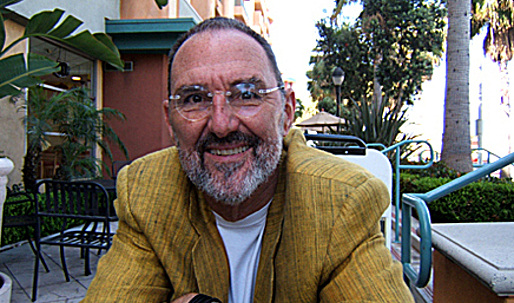
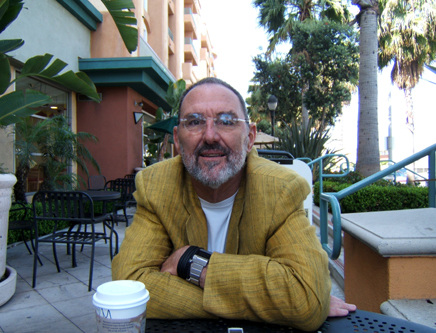
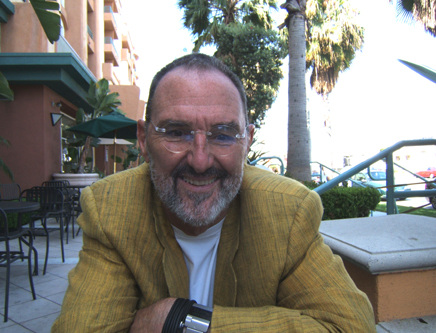
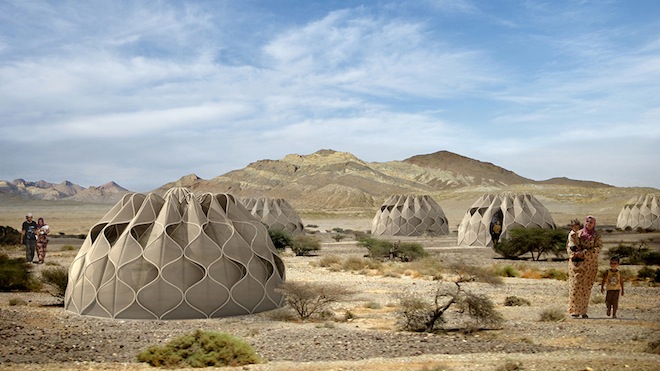

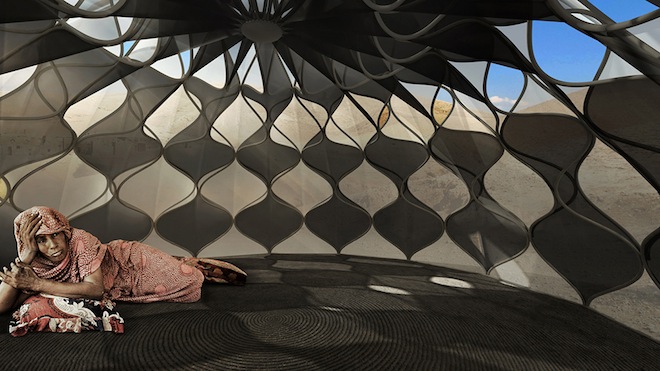
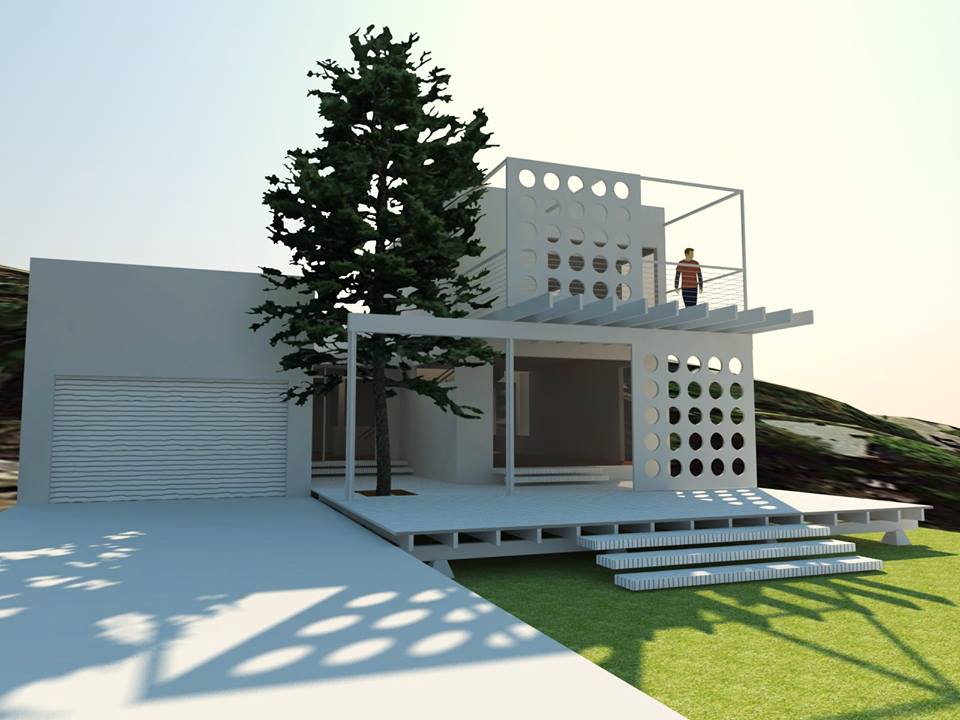
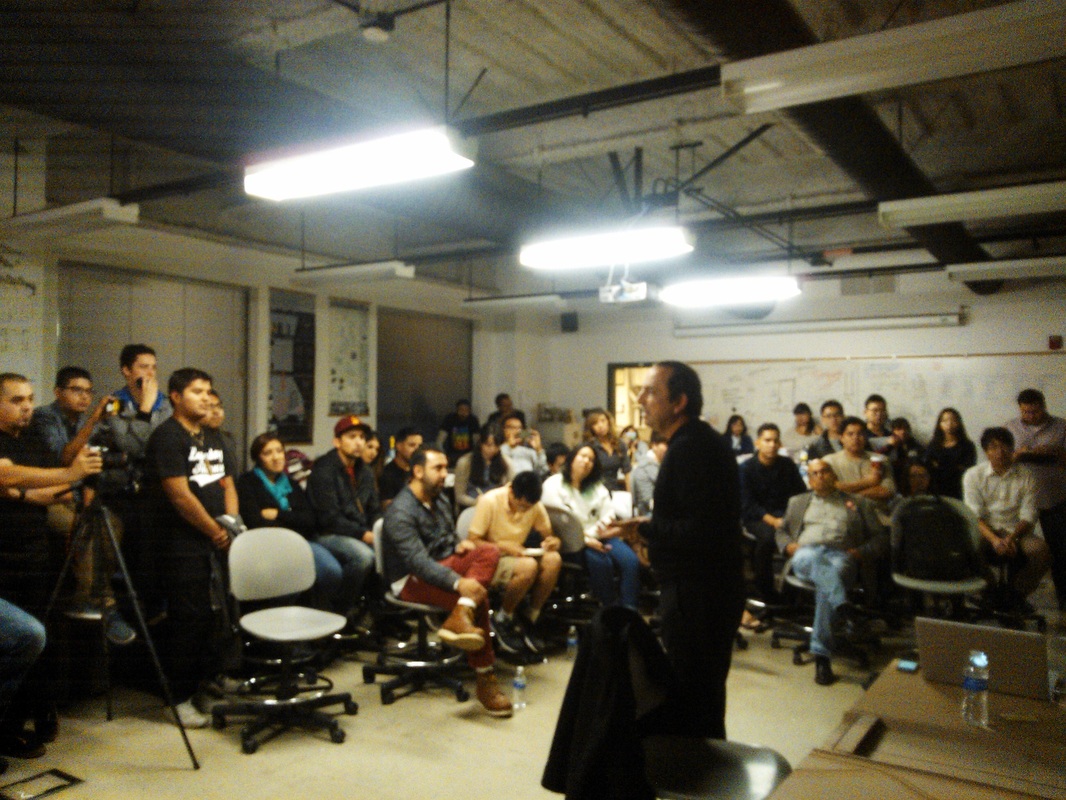
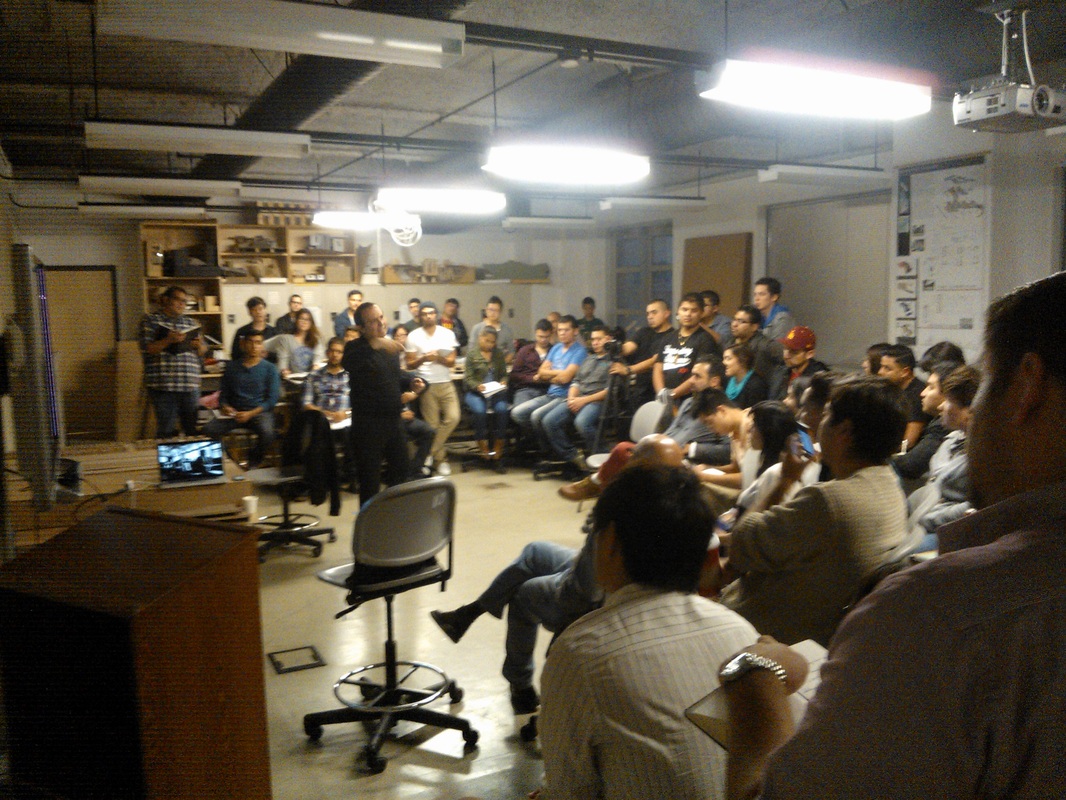
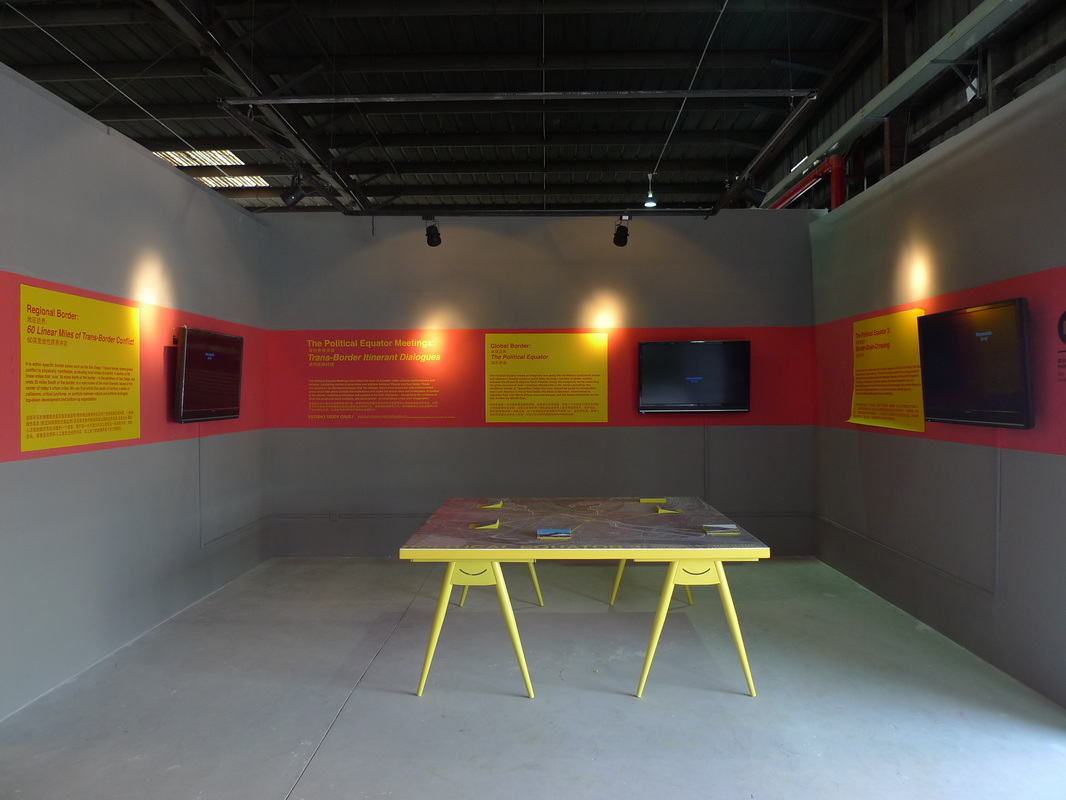
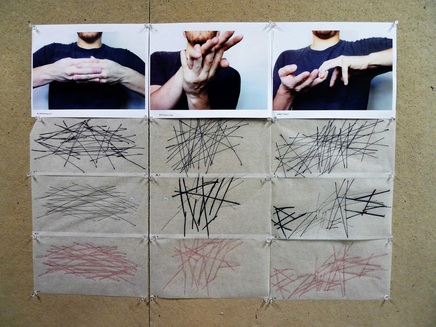
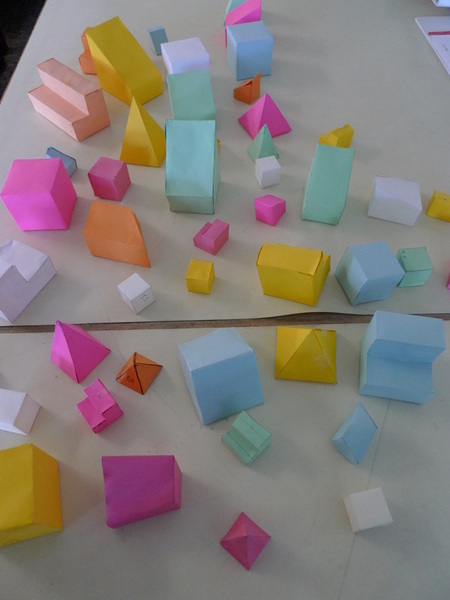
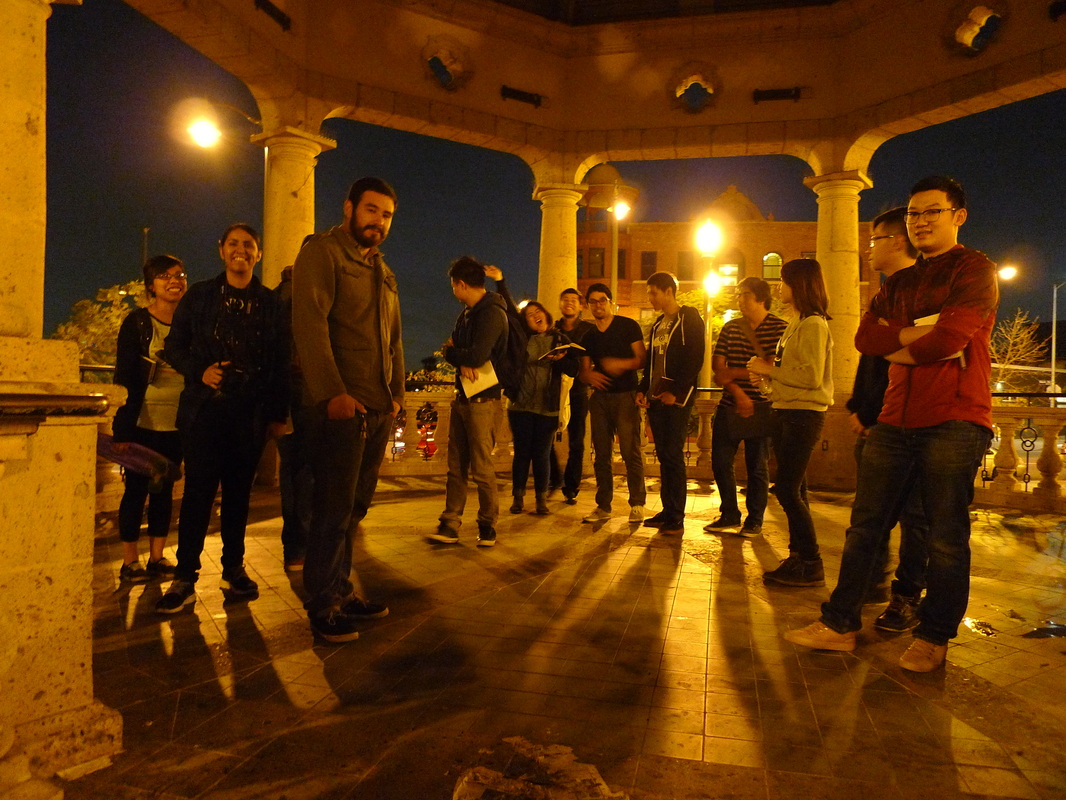
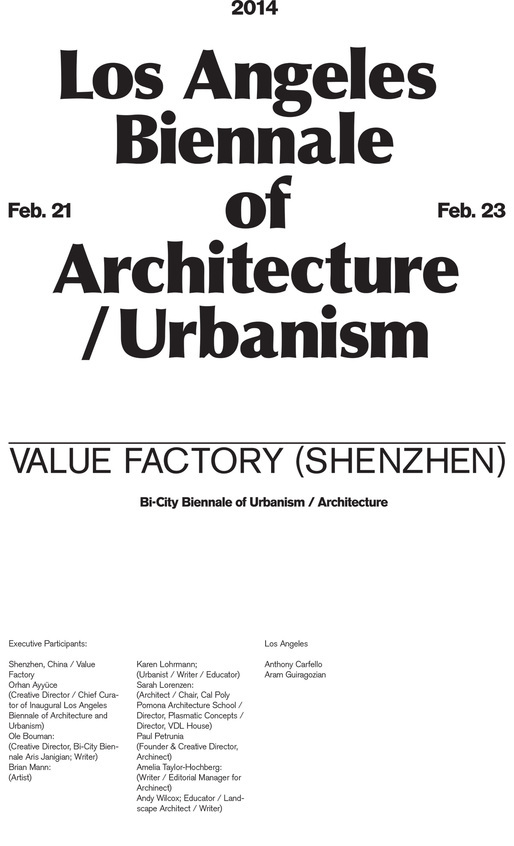
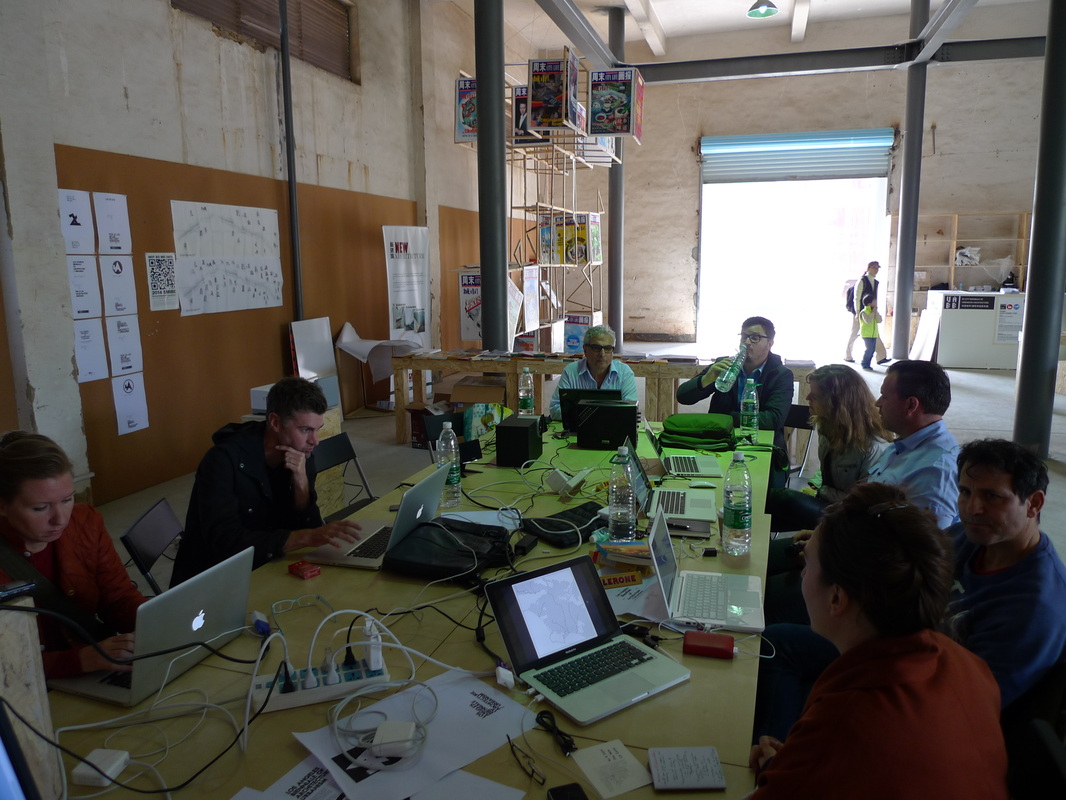
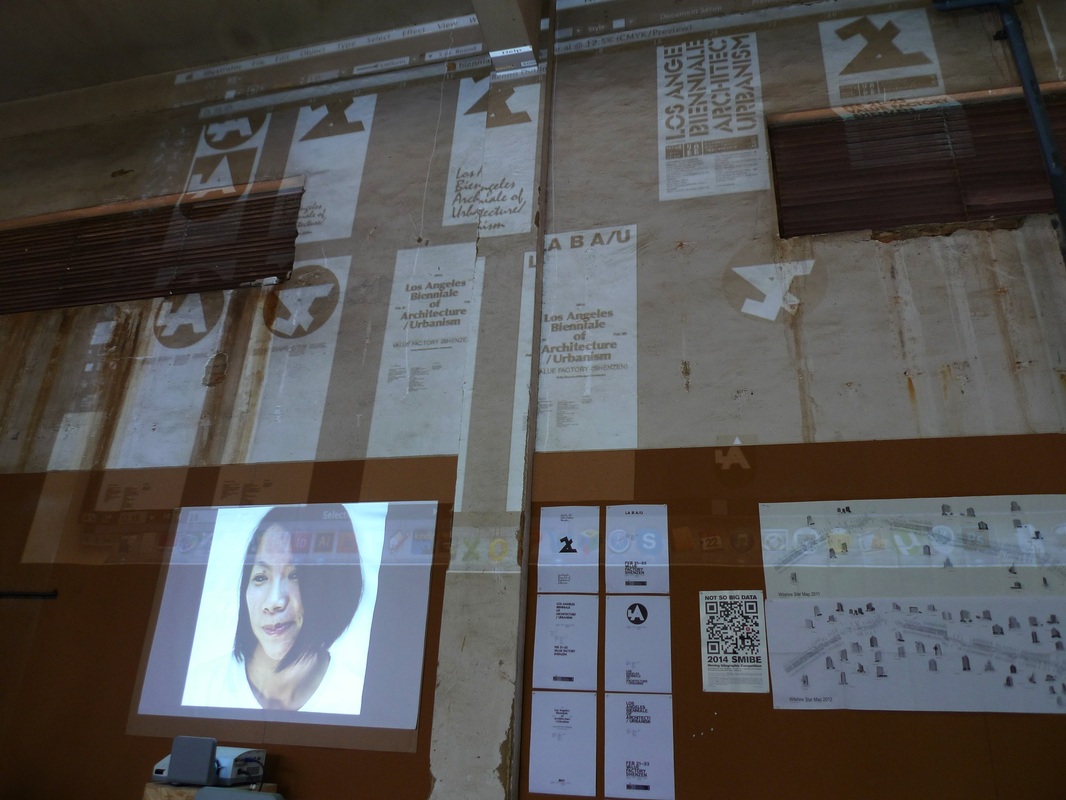
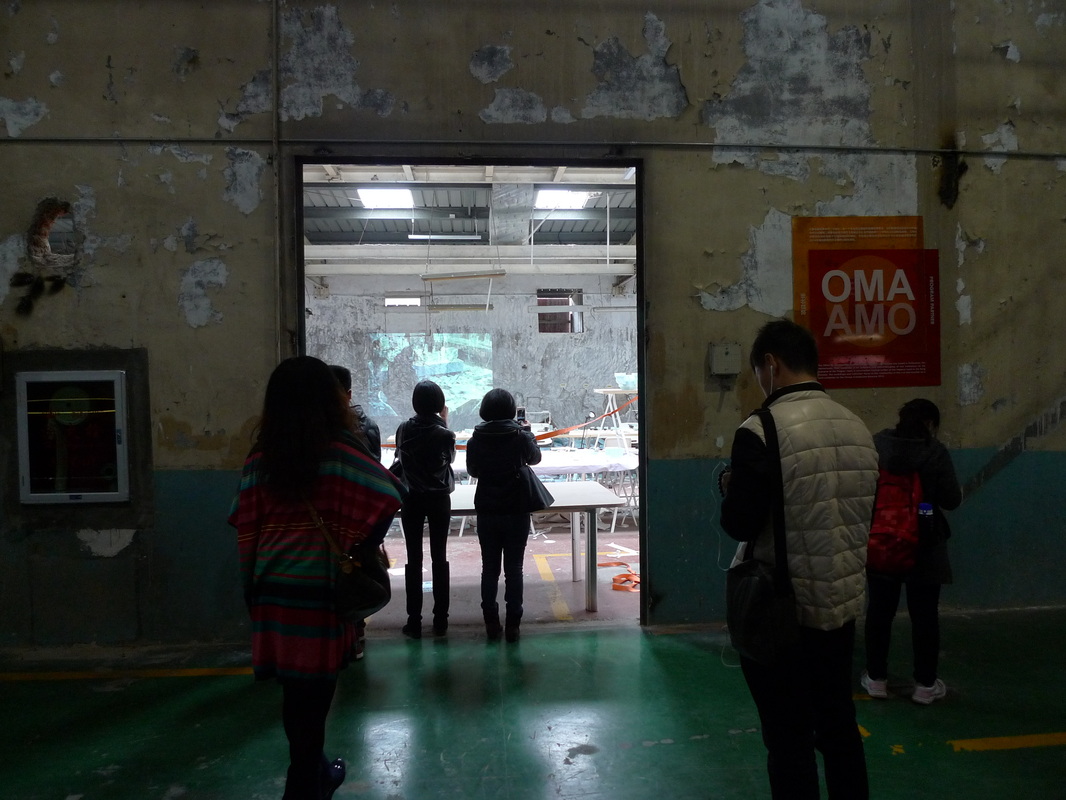
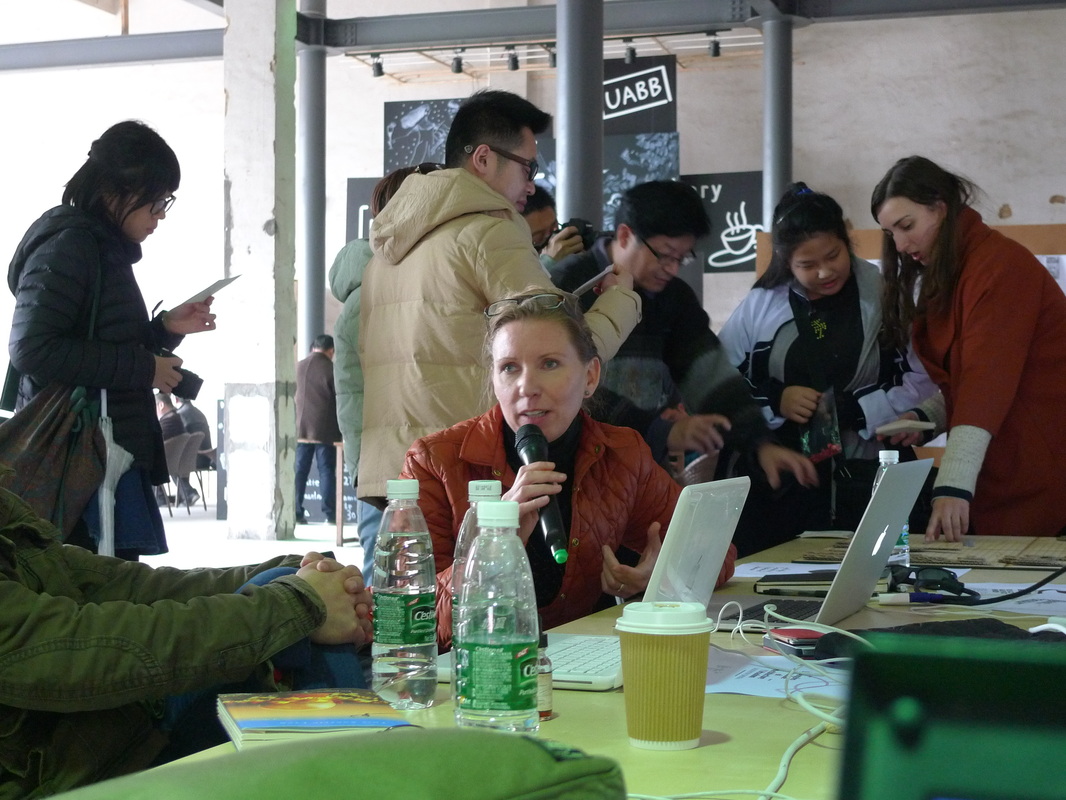
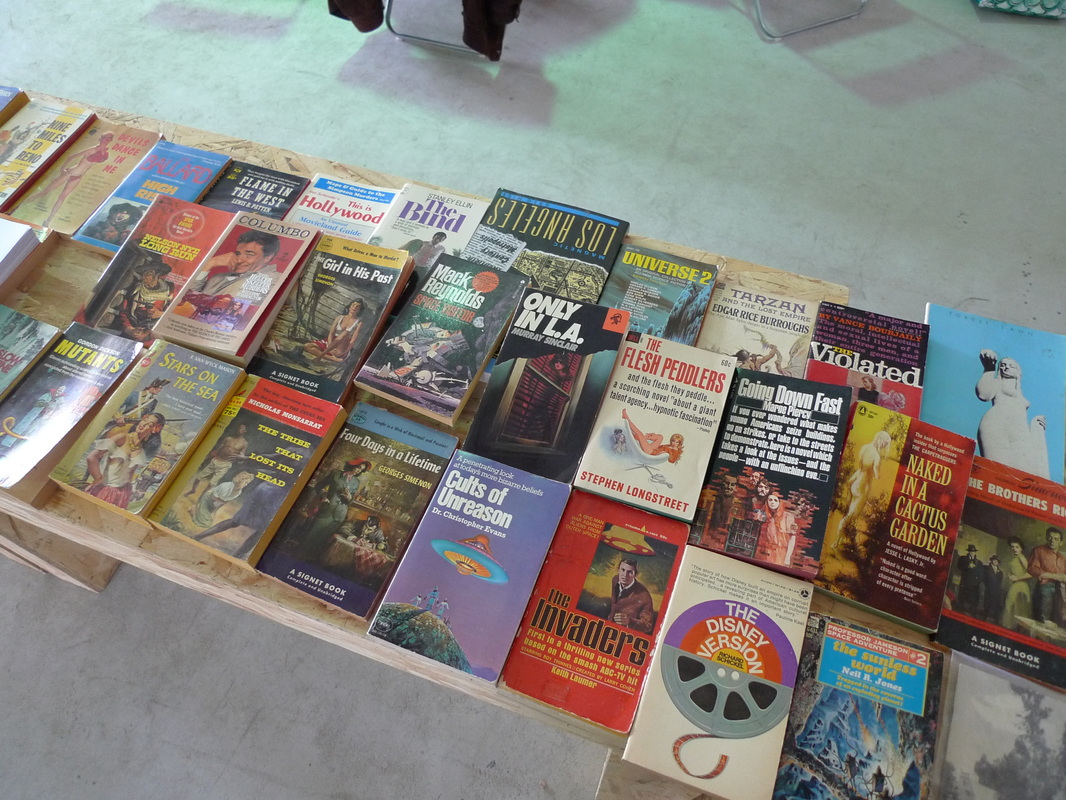
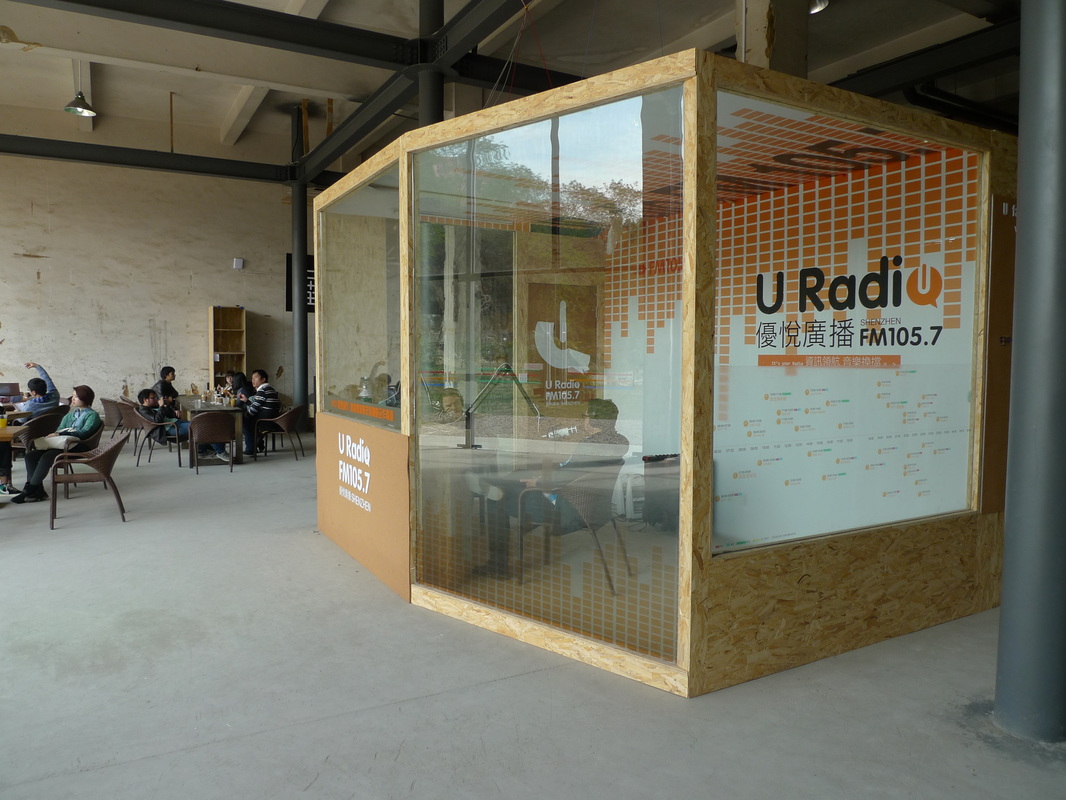
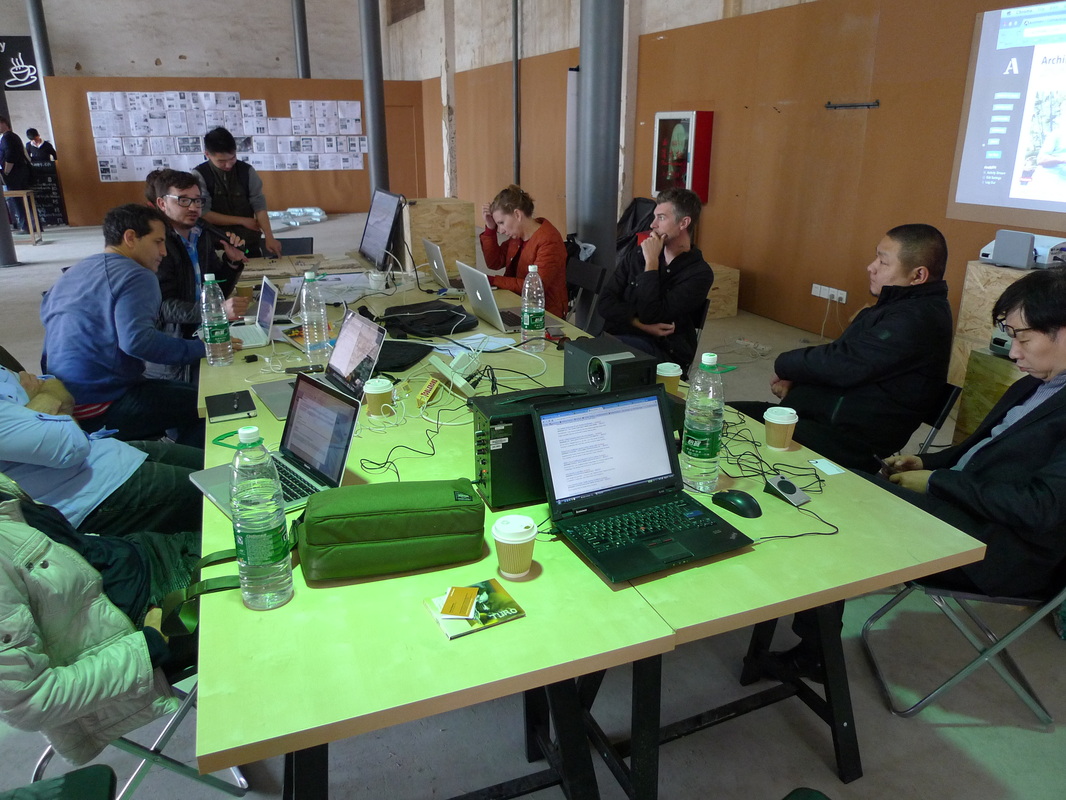
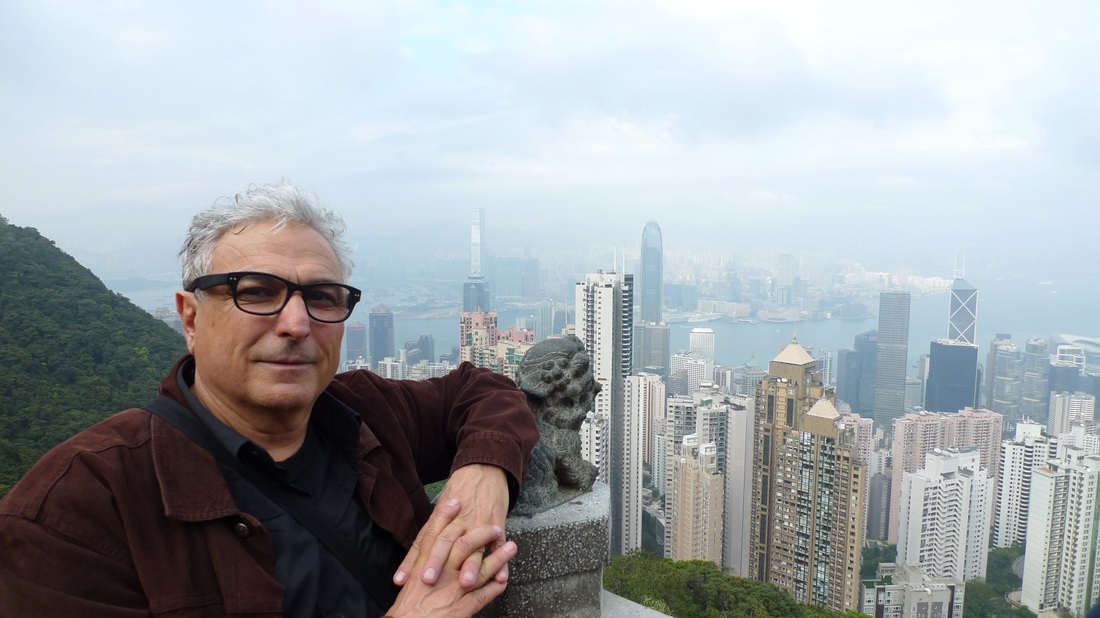
 RSS Feed
RSS Feed
